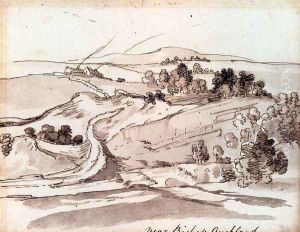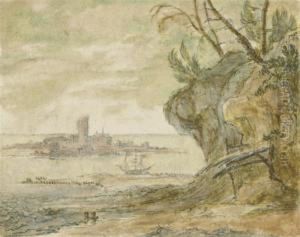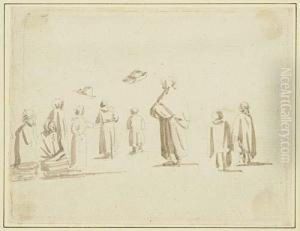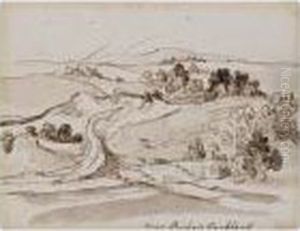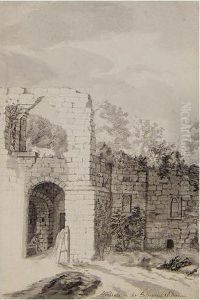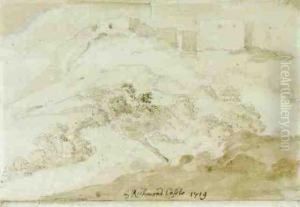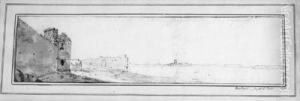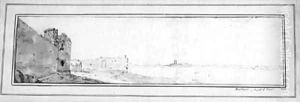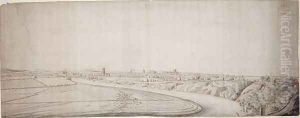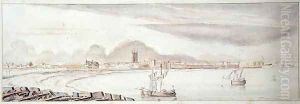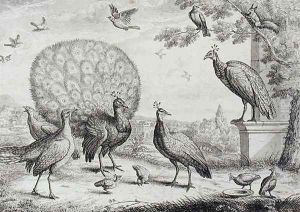Francis Place Paintings
Francis Place was an English artist and engraver born in 1647 in Yorkshire. Despite his significant contributions to the English art scene during the late 17th and early 18th centuries, Place is often overshadowed by his contemporaries. He was an early practitioner of mezzotint, a printmaking process that allows for the creation of images with subtle gradations of tone, which was relatively new to England at the time.
Place's early life is somewhat obscure, but it is known that he was initially trained as an attorney. However, his passion for art led him to pursue a career as an artist and engraver. He traveled extensively in his youth, including a notable journey to Italy, which greatly influenced his artistic style. Upon his return to England, Place dedicated himself to his art, becoming a prominent figure in the development of mezzotint and landscape drawing.
Throughout his career, Francis Place collaborated with several renowned artists and patrons of the arts, contributing to the spread of new artistic techniques and styles across England. His works include a variety of subjects, from landscapes and seascapes to architectural drawings and portraits. Place's ability to capture the subtle nuances of light and shadow made his prints highly sought after during his lifetime.
Despite his success, Place's work fell into relative obscurity after his death in 1728. It was not until the 20th century that art historians began to re-evaluate his contributions to English art, recognizing him as a significant figure in the introduction and development of mezzotint engraving in England. Today, Francis Place's works are considered an important part of the history of English printmaking, offering valuable insight into the artistic and cultural landscape of his time.
